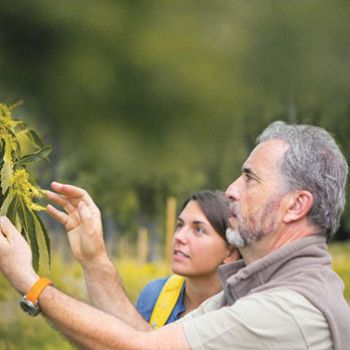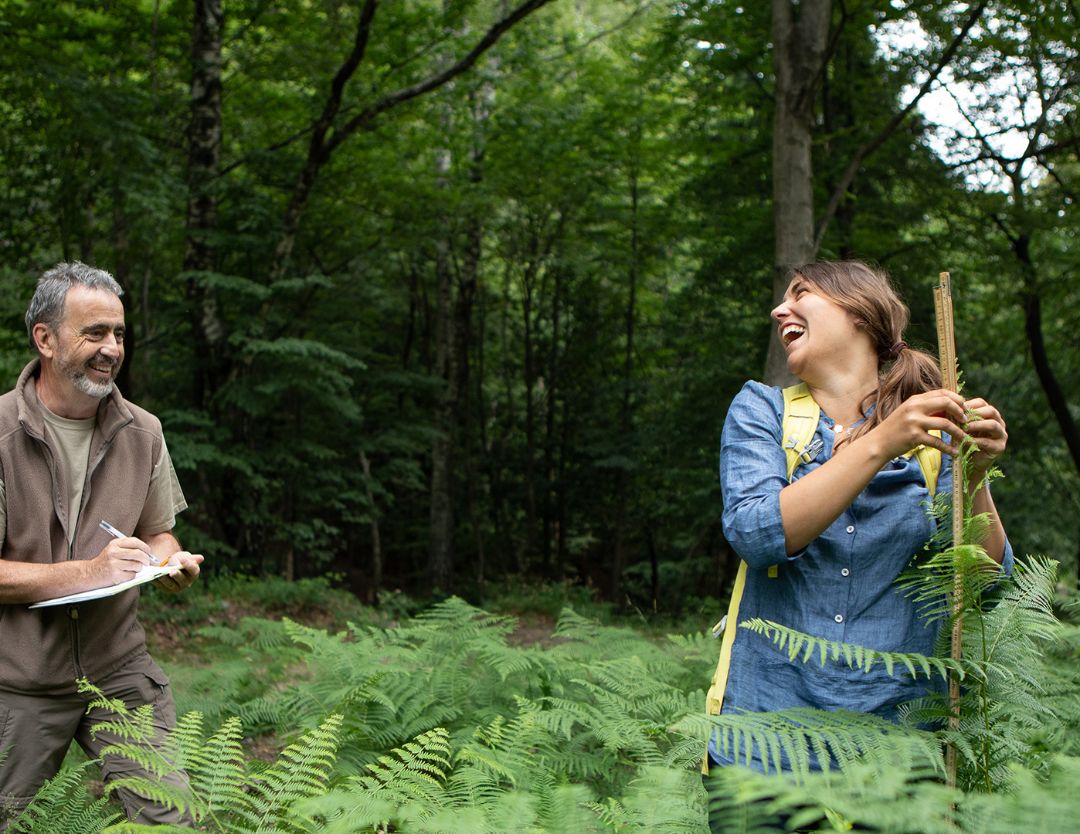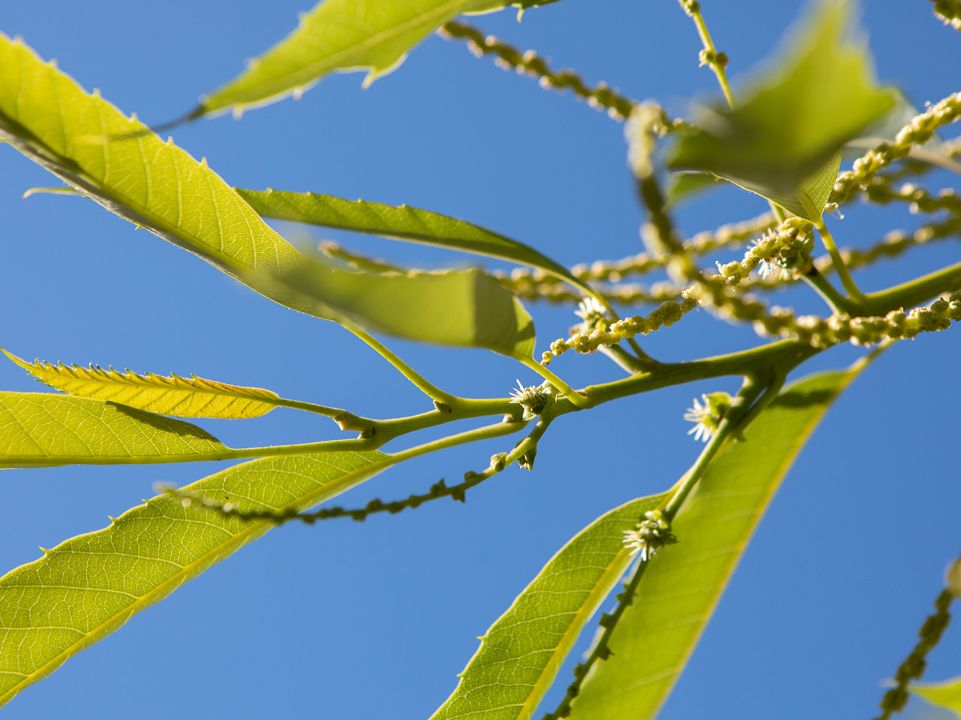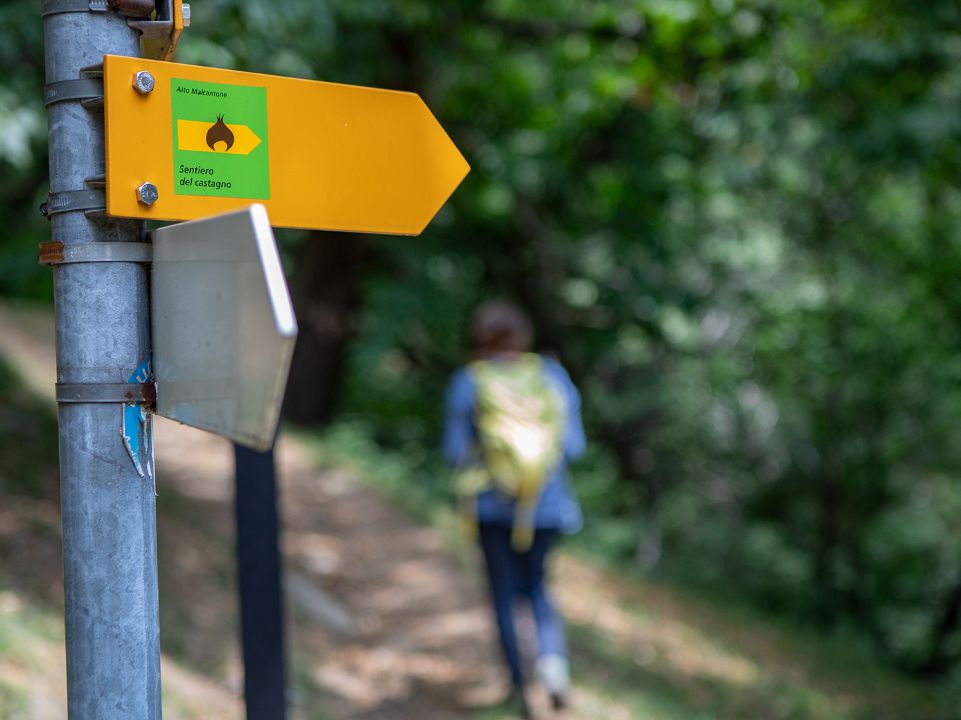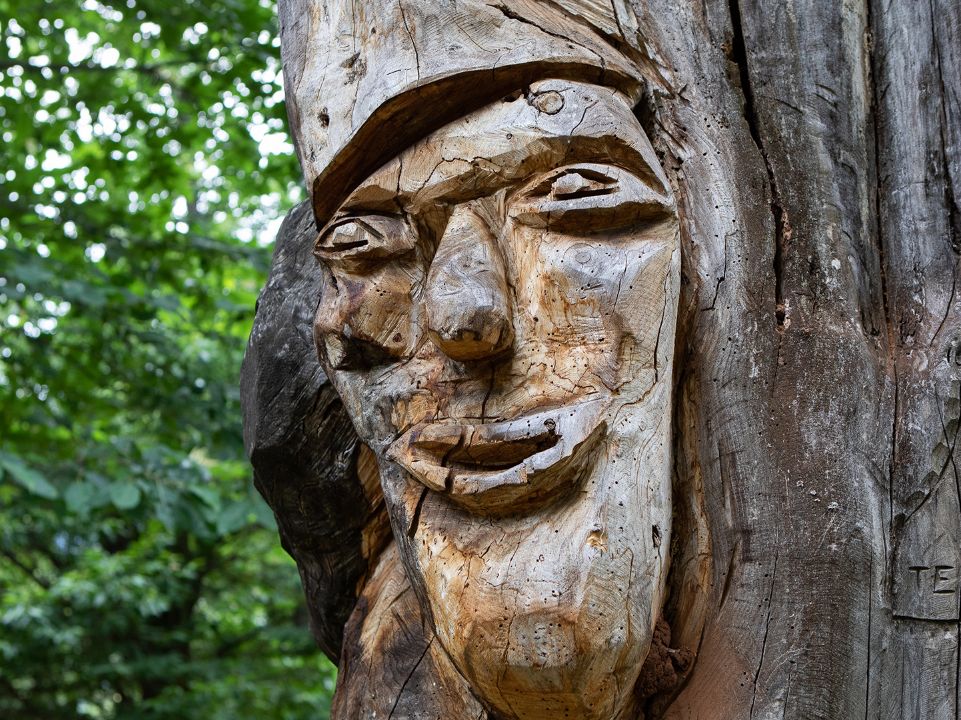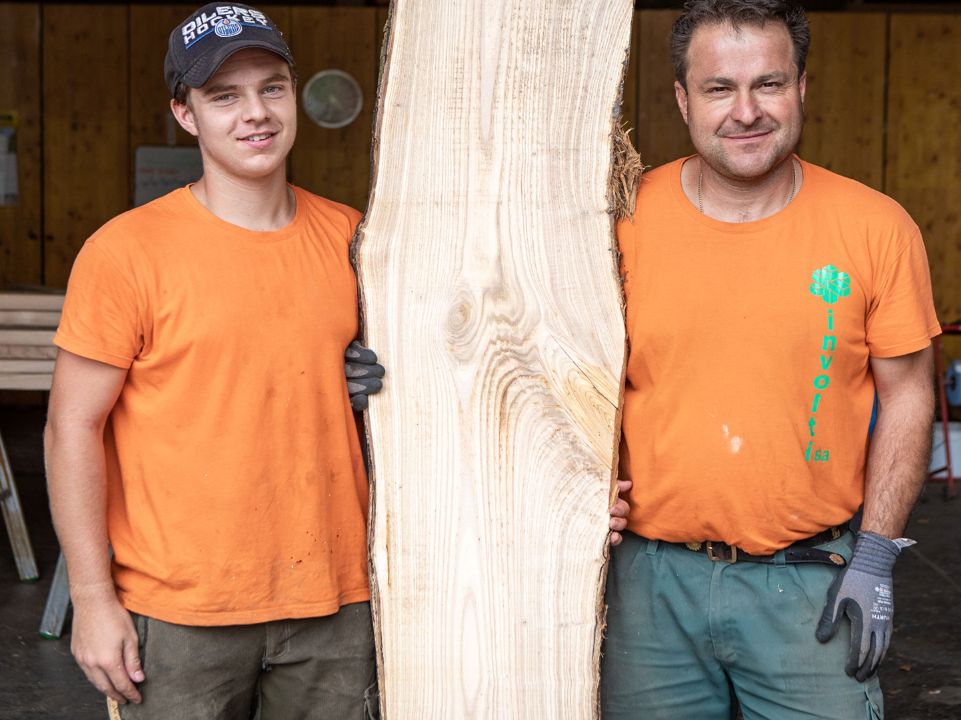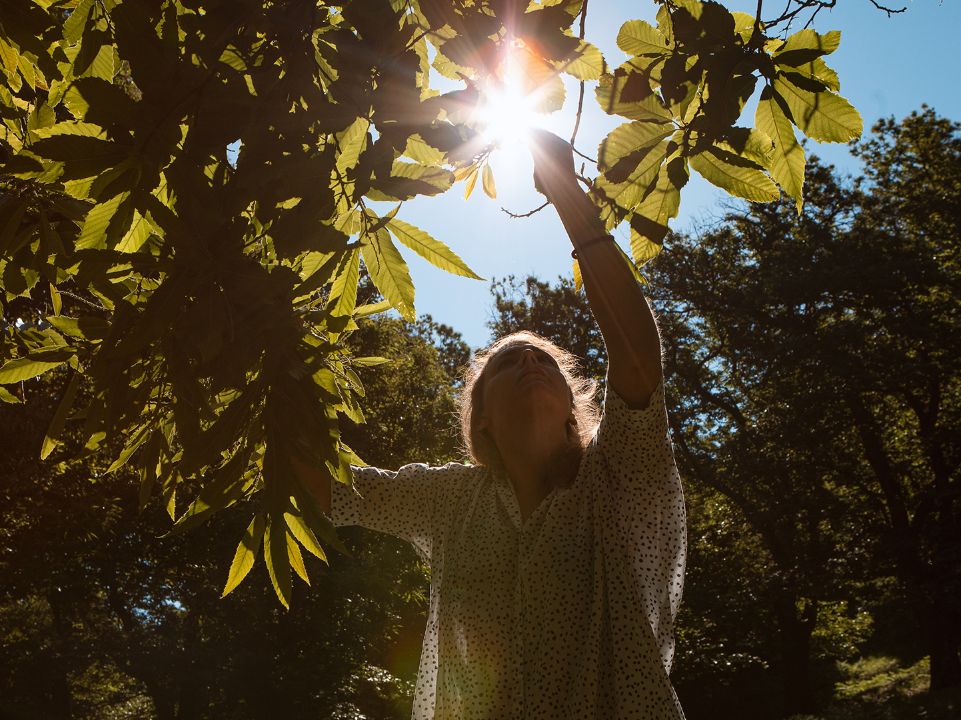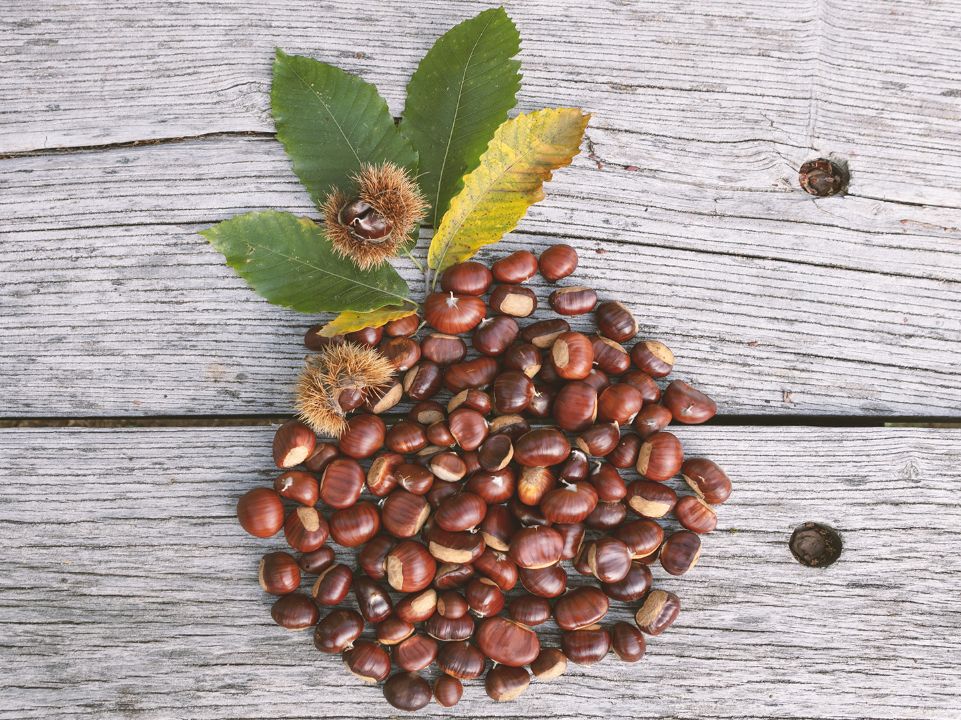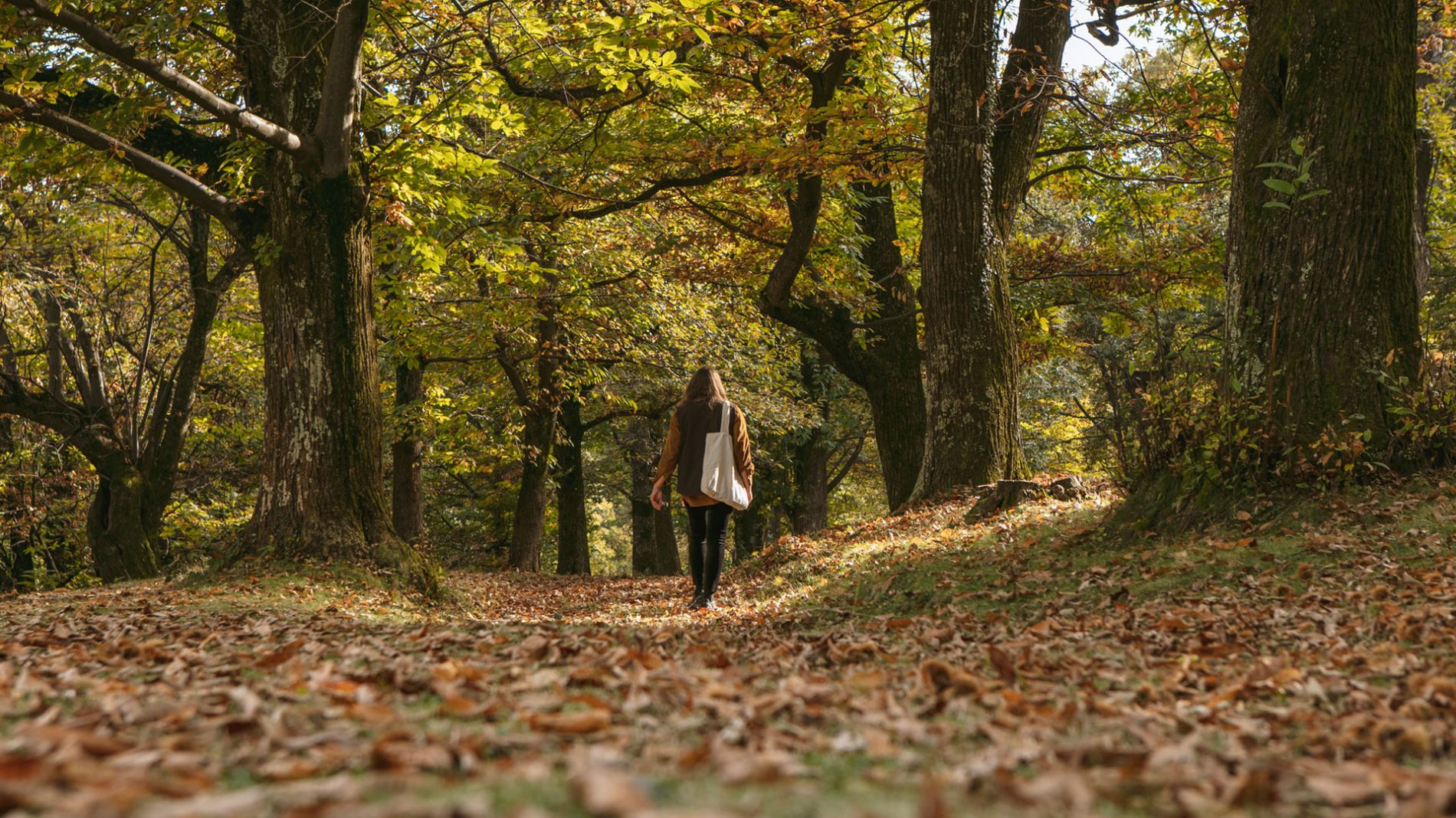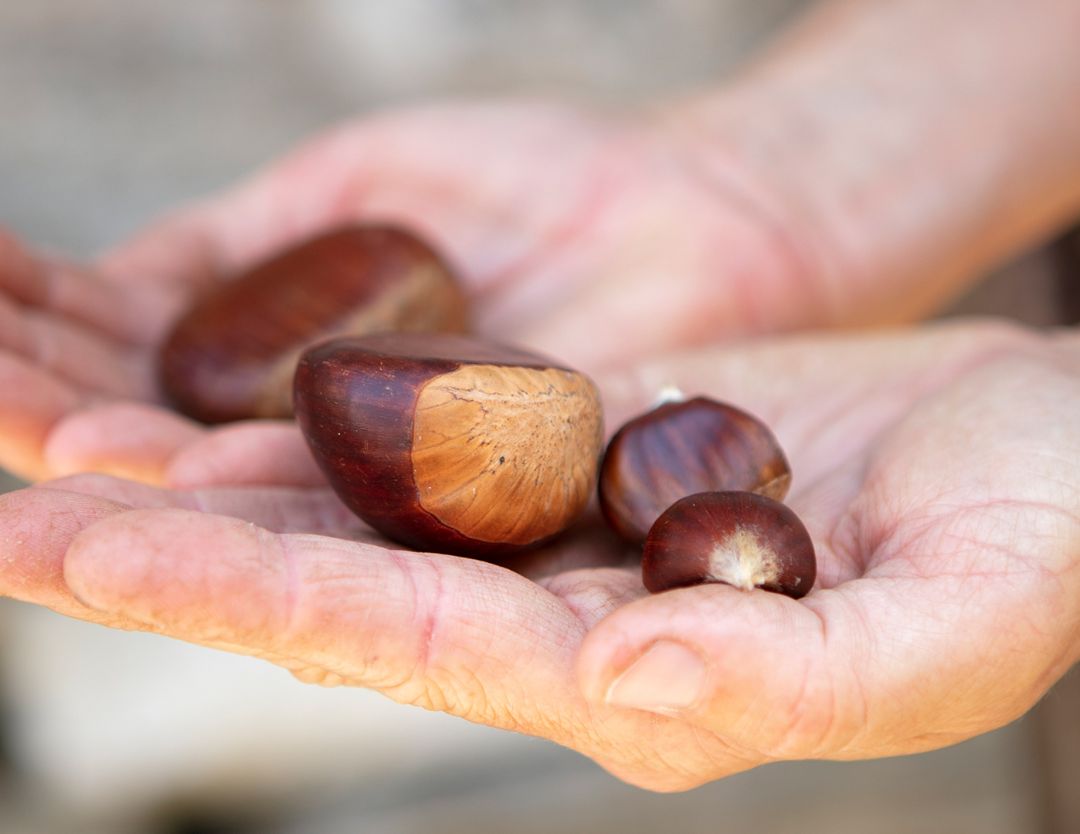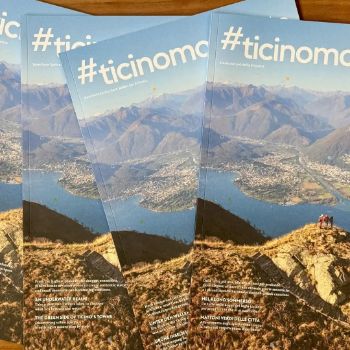The “bread tree” has fed Ticino families for centuries and is deeply rooted in tradition. Today it’s at the origin of mouthwatering delicacies and forms beautiful woods where you can immerse yourself in the pace and quiet of nature. Two exceptional guides show us around.
THE CHARACTER
Lara Monti and Carlo Scheggia, chestnut experts
In the past chestnut trees formed part of a dowry when a woman got married.
